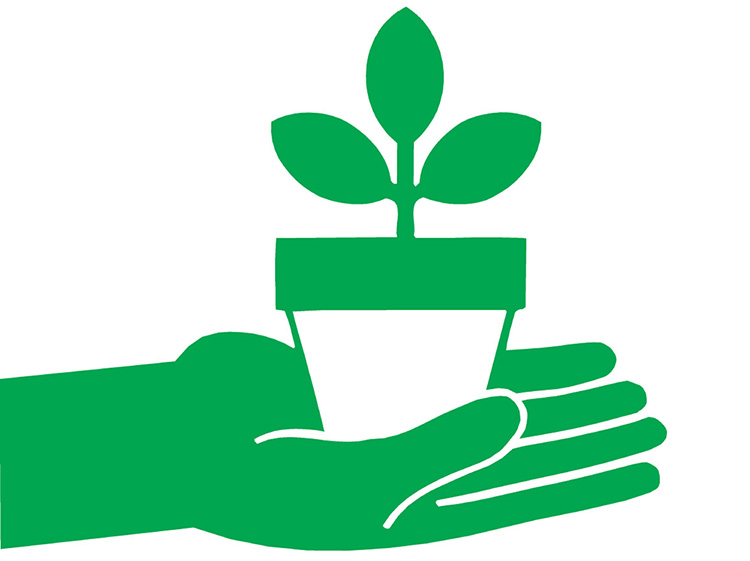
By Mary Jane Frogge, Extension Associate in Lancaster County
Avoid heavy traffic on the frozen, dormant lawn. The crown of the plant may be severely damaged or killed.
Brush snow from evergreens as soon as possible after a storm. Use a broom in an upward, sweeping motion. Serious damage may be caused by heavy snow or ice accumulating on the branches.
January and February is a good time to order flower and vegetable seeds. Many varieties sell out early.
Turn and prune house plants regularly to keep them shapely. Pinch back new growth to promote bushy plants.
Check all house plants closely for insect infestations. Quarantine gift plants until you determine they are not harboring any pests.
Add garden record keeping to the list of New Year’s resolutions. Make a note of which flowers and vegetable varieties do best and which do poorly in your garden.
Use sand instead of salt for icy spots on the sidewalk.
During the winter, most houses are too dry for house plants. Humidity may be increased by placing plants on trays lined with pebbles and filled with water to within one-half-inch of the base of the pot.
House plants with large leaves and smooth foliage, such as philodendrons, dracaena and rubber plant benefit if their leaves are washed at intervals to remove dust, helping keep the leaf pores open.
When reviewing your garden catalogs for new vegetable varieties to try, an important consideration is improved insect and/or disease resistance. Watch also for drought-tolerant types.
Analyze last year’s planting, fertilizing and spraying records. Make notes to reorder successful varieties as well as those you wish to try again.
Move garden ornaments such as urns or jars into the garage or basement to prevent damage during the cold winter season. If containers are too large to move, cover them to prevent water collecting in them or turn them upside down during the winter so water will not collect and freeze in them causing breakage.